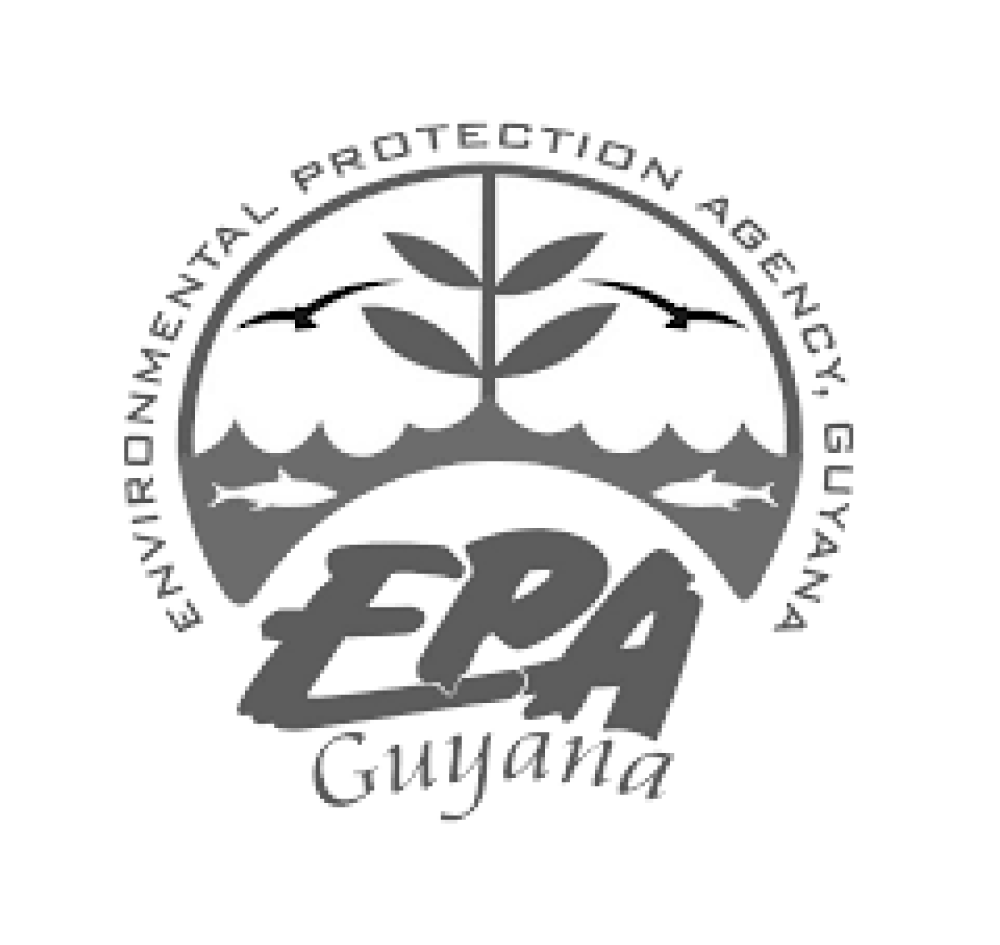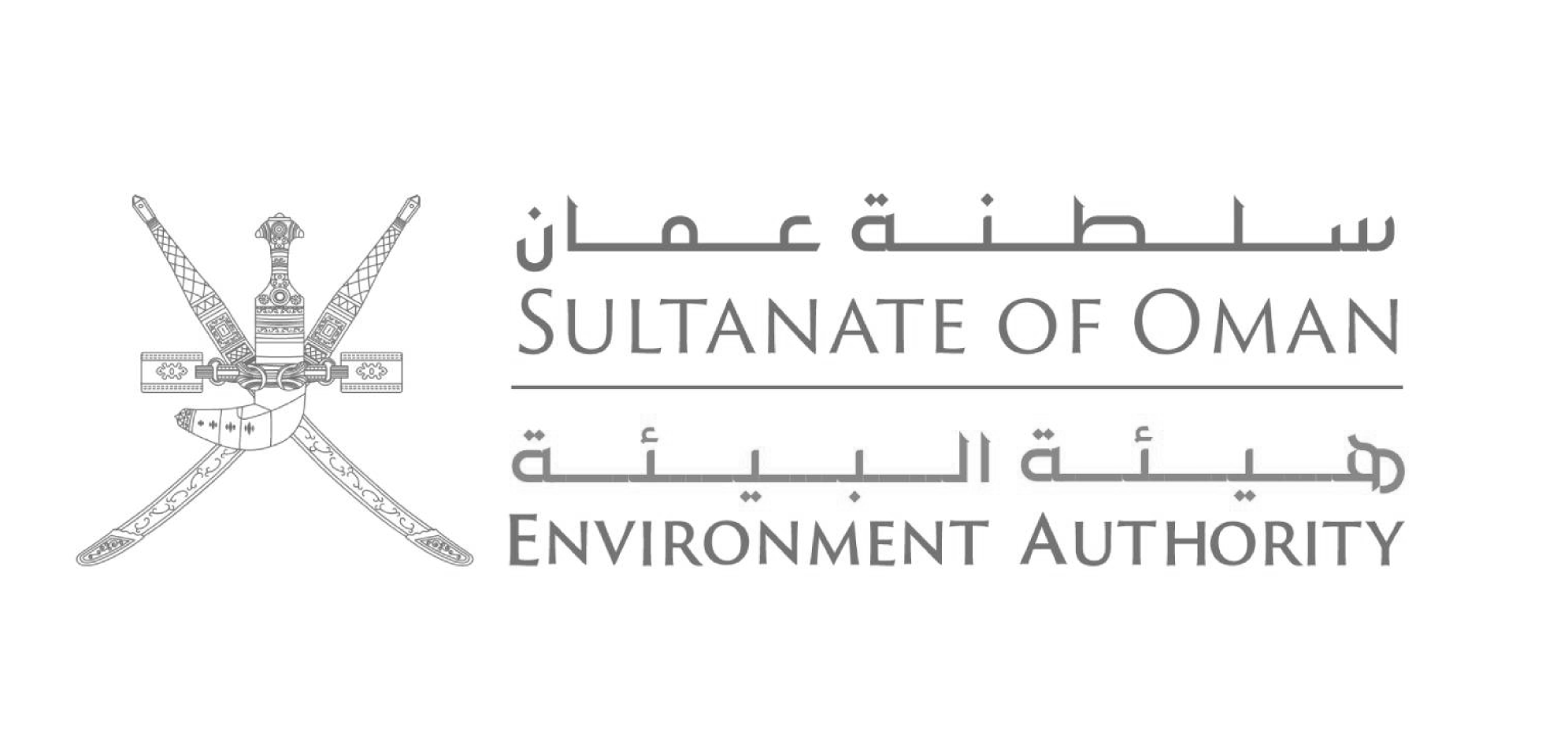Global partners
The Center's key research areas in global biodiversity distributions, trends, and conservation status are supported by several key partnerships. These partnerships advance both the efficiency of global-scale biodiversity data insights and the utility of these data to inform conservation policy.
Cloud computing
Our global-scale computational efforts would not be possible without the power of cloud computing. Our tech partners support us in the development of novel cloud computing workflows and analyses to scale our work to map tens of thousands of species, all over the world.
Decision support tools & data management
Various users require different levels of interactivity with our data. With a distributed architecture, we provide partners their own environments to upload their private data and integrate with our existing products to inform national and local conservation decisions.
Biodiversity indicators
Meeting international goals for global biodiversity conservation requires a set of standardized metrics for assessing species. We’re supporting the development of Essential Biodiversity Variables and Biodiversity Indicators to advance global biodiversity information collection and monitoring of species conservation status.

Gordon and Betty Moore Foundation

E.O. Wilson Biodiversity Foundation

Max Planck Institute of Animal Behavior

Esri

Google

NASA

Half-Earth Project

GEO BON

Convention on Biological Diversity

Global Biodiversity Information Facility
REgional partners

Our regional partnerships aim to support established multi-country biodiversity monitoring and conservation networks. We are delivering data and tools that are applicable to networks of countries that not only share stewardship over similar biodiversity, but also share cultural, political, and economic systems.
Species data validation
A crucial step in the species distribution modeling process is validation. We are co-developing the Expert Tools interface with our partners to engage regional species experts in the model evaluation process. This not only facilitates efficient model validation but also fosters trust and ownership over the final data products.
Delivering solutions at scale
A key benefit of operating at a regional level is the ability to standardize data and approaches over several countries who share similar biodiversity and are already connected through a decision-making body. Our solutions are tailored to the specific context of the region and can be efficiently delivered through the regional network.

Wildlife Insights

BON in a Box

ASEAN Centre for Biodiversity

Field Museum
National partners
Our country partnerships target national environmental agencies that can most benefit from additional technical capacity in collecting, monitoring, and analyzing biodiversity data. Together, we integrate national and sub-national data from our partners with our global datasets to provide biodiversity insights and decision support tools.
Biodiversity data
Our country partnerships focus on providing high quality biodiversity data to those partners who most need it, improving workflows to collect and store biodiversity data, and integrating locally collected data with standardized global datasets. These key goals both improve global database completeness and accuracy and support more informed national decision making.
Conservation Planning
We’re developing tools to automate and more efficiently deliver conservation prioritization exercises using advanced integer linear programming and high-resolution data. Our partners use these products to determine where future conservation areas will deliver co-benefits and reduce costs.
Monitoring and Reporting
We're developing methods to support national biodiversity monitoring efforts by using local and global data to guide limited conservation resources to the most undersampled species and regions.

Guyana Environmental Protection Agency

Oman Environment Authority

Natura Argentina

Max Planck Institute of Animal Behavior

Institut Congolais pour la Conservation de la Nature

Liberia Environmental Protection Agency

Office Guinéen des Parcs Nationaux et Réserves de Faune
Local partnerships
Global biodiversity data must be strengthened and made applicable at smaller, actionable scales through the integration of locally collected data. With our partners, we seek to ingest multiple forms of biodiversity data and deliver localized biodiversity insights.
Rapid assessments
Map of Life Rapid Assessments seeks to employ recent advances in commercial drone technology and machine learning to develop low cost techniques to rapidly survey biodiversity in local areas of interest. We are currently advancing this technology in the XPRIZE Rainforest competition and will soon expand across various ecosystems.
Local inventories
We efficiently and comprehensively ingest data collected by local inventory efforts into the Map of Life database. To date, we’ve ingested over 300 local inventories across vertebrate, invertebrate, and plant taxonomic groups.
Localized species expectations
A product of years of work compiling and ingesting biodiversity data, developing efficient computational workflows, and designing user-friendly, accessible interfaces to deliver best-possible species expectations for any area of interest, anywhere in the world.

MOL Rapid Assessments

Field Museum
